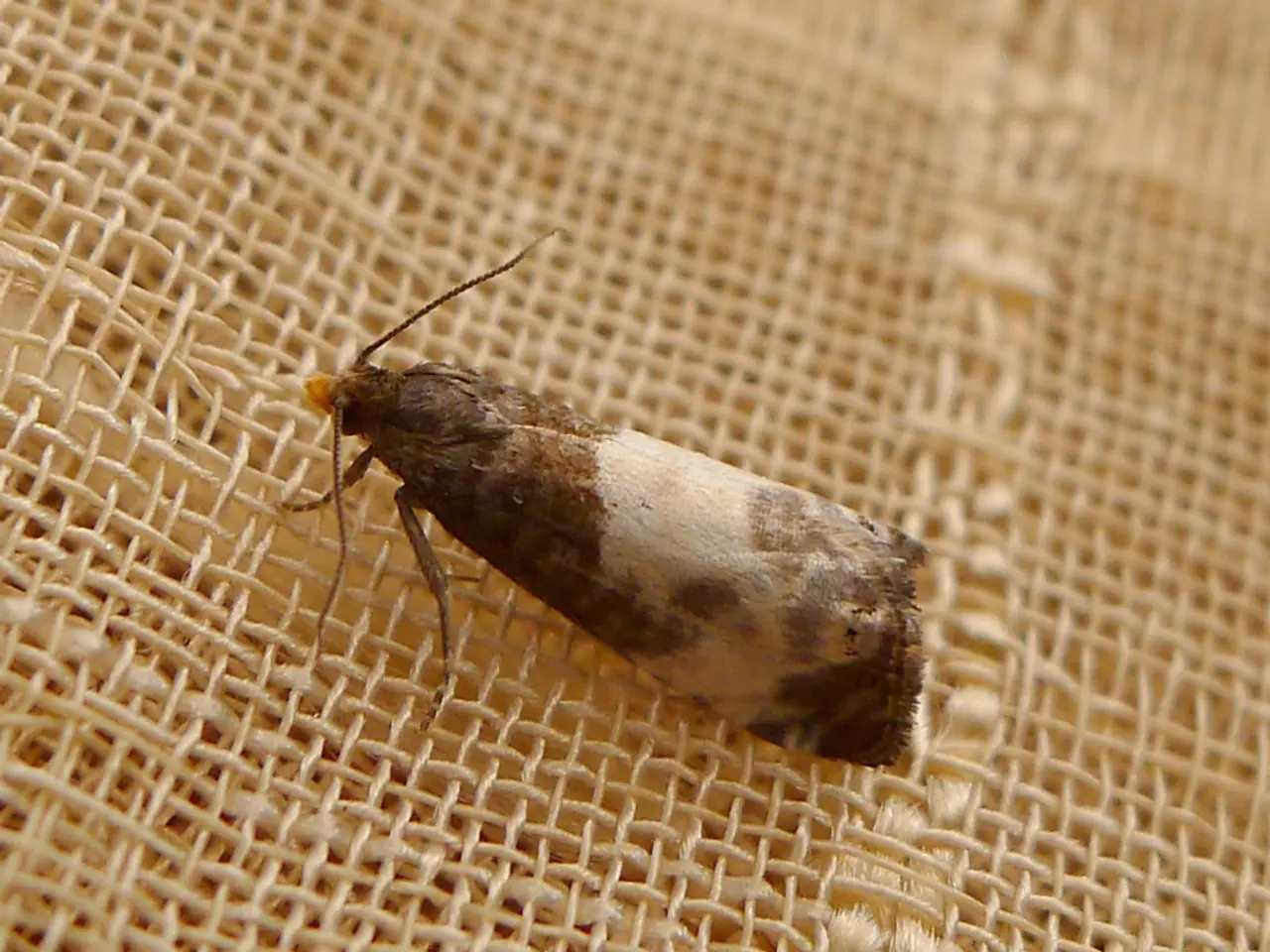Celebrity Timberlake is sick. wonder how you can detect Lyme disease?
Article: Understanding Lyme Borreliosis (Lyme Disease)
Lyme borreliosis, often referred to as Lyme disease, is a serious health condition transmitted by ticks. This bacterial infection is primarily caused by the bacterium Borrelia burgdorferi (and sometimes Borrelia mayonii).
Causes
Transmission of Lyme disease occurs when an infected tick bites a person and remains attached for about 36 to 48 hours. Not all ticks carry the bacteria, so the risk depends on geography and exposure. The disease is more prevalent in certain areas, such as the United States, including states like Connecticut, New York, Massachusetts, and Wisconsin.
Symptoms
Lyme disease symptoms progress in stages:
- Acute Early Lyme Disease (First stage)
- A distinctive rash called erythema migrans (EM), often resembling a bullseye, that expands over days and may reach 12 inches or larger.
- The rash is usually warm but not painful or itchy and may sometimes clear in the center.
- Flu-like symptoms: fever, chills, headache, stiff neck, muscle and joint pain.
- Only about 25-30% recall a tick bite; the rash is an important early sign.
- Early Disseminated Lyme Disease (Weeks to months later)
- Symptoms intensify and spread, including pain, weakness, numbness in limbs, fatigue, changes in vision, facial paralysis (Bell’s palsy), and heart issues such as palpitations, chest pain, or Lyme carditis (heart inflammation).
- Later Stages
- If untreated, more severe complications can develop: joint pain, neurological problems (meningitis, cognitive difficulties, nerve pain), and cardiac issues.
- Symptoms such as brain fog, dizziness, and nerve pain may appear.
Prevention Methods
Preventing Lyme disease focuses on avoiding tick bites and early antibiotic treatment upon suspected infection.
- Avoid tick-exposed areas, especially in endemic regions.
- Wear protective clothing (long sleeves, long pants tucked into socks).
- Use tick repellents that are effective against deer ticks.
- Perform thorough tick checks on yourself and pets after outdoor activities.
- Promptly and properly remove attached ticks to reduce infection risk.
- If a high-risk tick bite occurs, a single dose of the antibiotic doxycycline within 72 hours (post-exposure prophylaxis) can prevent Lyme disease.
- Awareness of symptoms and early medical consultation is key to early diagnosis and treatment.
Treatment
Early treatment with antibiotics (usually for 10-12 days) is highly effective and can completely clear the infection.
In summary, Lyme borreliosis is a tick-borne bacterial infection with initial signs including a characteristic rash and flu-like symptoms, progressing if untreated to neurological, cardiac, and joint issues. Prevention focuses on avoiding tick bites and early antibiotic treatment upon suspected infection. Early diagnosis and treatment can prevent severe disease progression and usually achieve a full recovery.
- Maintaining good mental health can be crucial in managing and coping with the stress that may come from living with or recovering from chronic diseases like Lyme disease.
- As part of a holistic approach to health and wellness, it's important to consider skin care, nutrition, and regular fitness and exercise routines alongside medical treatments for Lyme disease.
- Skin care, high-quality nutrition, and regular exercise can help support the body during the treatment of Lyme disease and promote overall well-being.
- A combination of medical treatments, lifestyle changes, and self-care strategies can contribute to a full recovery and better management of Lyme disease symptoms.




